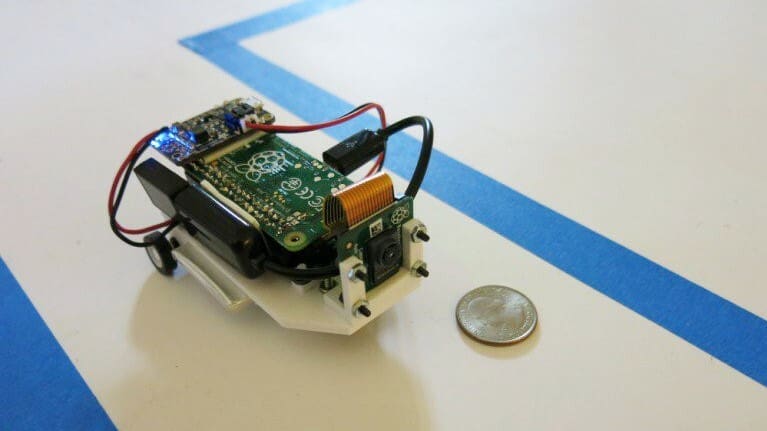If you’ve ever worked with computers for small projects or alongside other technology like 3D printers, chances are, you’ve heard about a “Raspberry Pi” at one time or another. Raspberry Pi is a common term nowadays, but what actually is it? When someone says “Raspberry Pi”, they’re most likely referring to a single-board computer made by the Raspberry Pi Foundation. However, these boards have become so ubiquitous that they may even mean one of the many clones and alternatives.
A single-board computer, commonly known as an SBC, is a computer built on only one circuit board, and they usually have more features besides just a processor. Typically, SBCs have ports and other hardware so you can control or interact with the board, like USB and HDMI ports, LEDs, a microSD card slot, or buttons. SBCs are usually used for small DIY computing projects such as robots, network-attached storage (NAS) devices, or even connecting a 3D printer to an online interface like OctoPrint.
In this article, we’ll be going over how Raspberry Pis are different from other boards, the different models of Raspberry Pis, and their uses. But first, we’ll first examine the history of the Raspberry Pi and the Raspberry Pi Foundation. Enjoy!
History
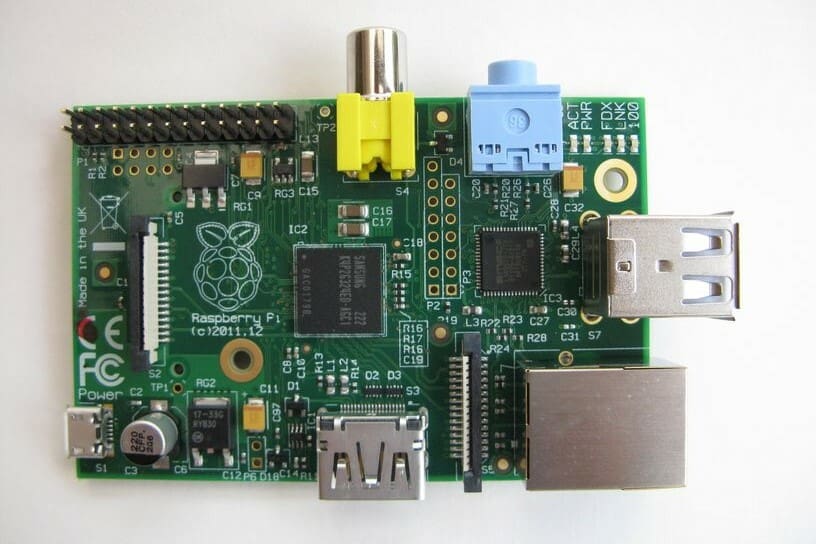
The Raspberry Pi Foundation was a pioneering organization in expanding the field of consumer computers and SBCs as educational tools. The foundation is a UK-based, non-profit company that started its journey by coming up with a small, credit card-sized circuit board that could help teach kids computer science at a low cost. The Raspberry Pi Foundation was officially registered as a charity in 2009.
After a long development period to make a cheap but powerful SBC, the Raspberry Pi Foundation released their first computer boards: the Raspberry Pi B followed by the Raspberry Pi A. The second option was a lower-cost, lower-spec alternative.
The naming conventions of the original Raspberry Pis (A, B, B+) referenced the original BBC Micro, an educational initiative to teach UK students about computer science in the 1980s. The BBC Micro computers were developed to improve computer literacy, and families were taught to use them through a TV series on BBC2! The BBC has more recently recreated this success with the development of the Micro:Bit, distributing a million boards for free to students across the UK in 2016.
After the success of the initial two models, the Raspberry Pi Foundation grew tremendously, continuing to develop computers that are great for learning all sorts of skills from robotics to programming and more. To date, the Raspberry Pi Foundation has made 13 distinct boards, along with various compute modules, accessories, and add-ons. In total, the foundation has sold over 30 million boards and has led the way for other companies to contribute to the advancement of single-board computing.
SBCs vs. Microcontrollers
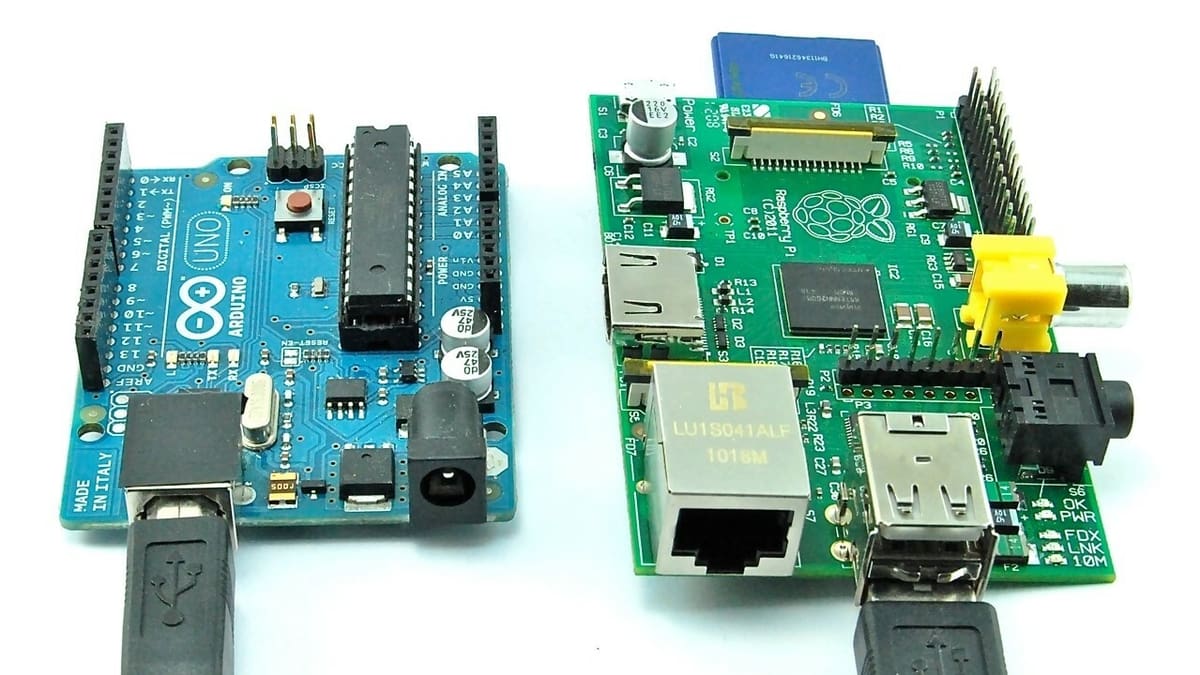
Single-board computers, as we said, are complete computers based on a single circuit board. This may sound a lot like a microcontroller board such as an Arduino, but they’re not the same. So what’s the difference?
Arduinos and other microcontroller boards are like a brain: They have a CPU and usually many input and output (GPIO) ports that you can connect things to. While microcontroller boards can think like a brain, they lack the other parts of a body to do the work. These boards generally run one task at a time, and that’s why they are used in 3D printing and similar fields with low-level circuitry.
On the other hand, single-board computers like a Raspberry Pis are more than just a brain: They’re the entire body, adding integrated features like storage, RAM, and ports. While you can still add extra hardware to a Raspberry Pi, like cameras or audio output, for many projects it’s not necessary. A Raspberry Pi is a general-purpose SBC and is meant for higher-level hardware interaction, such as hosting a network server.
Another difference between SBCs and microcontroller boards is that SBCs run an operating system. In the case of a Raspberry Pi, this is usually Linux-based, although it doesn’t have to be. Microcontroller boards can’t run a full operating system and so are used for different kinds of tasks.
Pis vs. Other SBCs
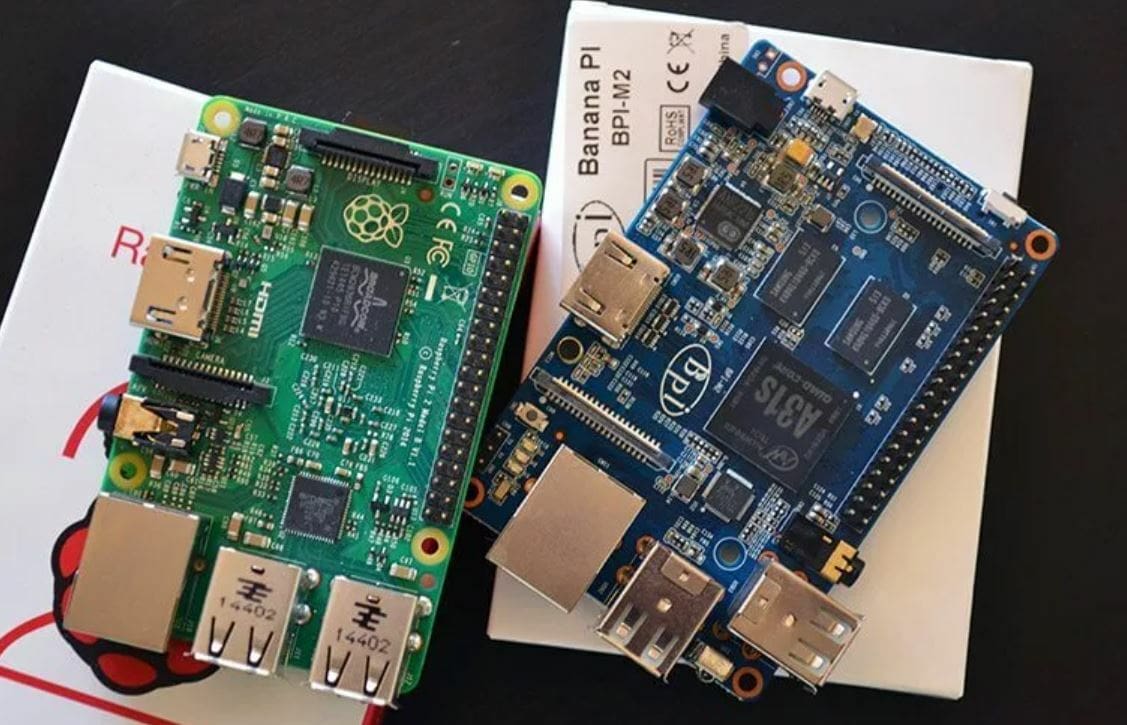
Non-Raspberry Pi SBCs include clones (such as Orange Pi and Banana Pi products) and other branded boards (like the PocketBeagle and Rock64 Media Board). These are all distinct from genuine Raspberry Pis, but for different reasons than microcontrollers. Other SBCs vary in cost and features, but no other brand has as large a community as the Raspberry Pi Foundation.
Community support is super important because the larger the following, the more help users can get with their SBC. Practically speaking, this means doing more and cooler projects. Some other SBCs might cost less, have a smaller form factor, or offer some extra features, but they don’t have the community backing that real Raspberry Pi products have. Moreover, the non-profit nature of the Raspberry Pi Foundation means that every purchase of a genuine Raspberry Pi product contributes to the foundation’s goals of educating young people around the world.
That said, depending on your project, there could be reasons to branch out from the Raspberry Pi ecosystem. For example, if you need to integrate AI into your project, the impressive GPU on the Jetson Nano might be worth investigating. There are also boards with more ports, more RAM, onboard audio output, and so on. Basically, how you plan to use the board will impact which is the right choice.
On this note, let’s get into the different Raspberry Pi models that have been released over the past decade.
Models
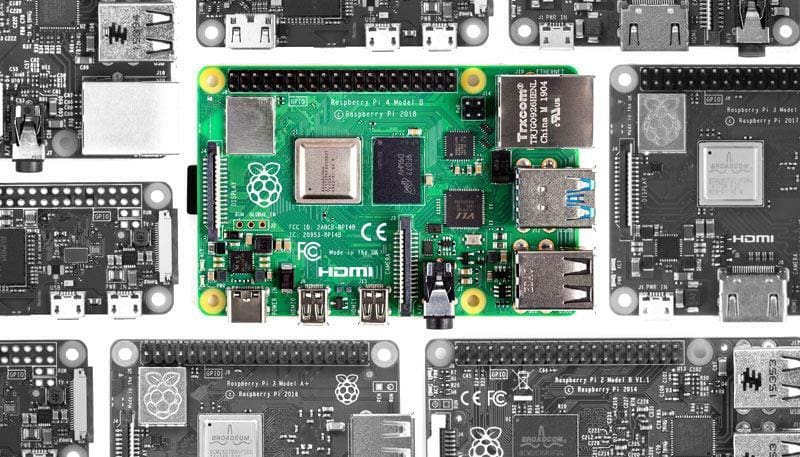
The Raspberry Pi Foundation has been continually developing newer, better boards and has a large portfolio of powerful SBCs under its belt. Here they all are in chronological order:
- Raspberry Pi B: This is the original Raspberry Pi, released all the way back in 2012. It was intended as a powerful enough board for small computing projects and included an Ethernet port.
- Raspberry Pi A: Released the year after the B model, this is a pared-back version of the original Pi, intended as a cheap and accessible board for educational use.
- Raspberry Pi B+: The B+ is the final revision of the Rasberry Pi B, adding more USB ports. It replaced the original B version in 2014.
- Raspberry Pi A+: The A+ board was an upgrade of the Raspberry Pi A, adding more GPIO pins among other new features, replacing the original A board in 2014.
- Raspberry Pi 2 B: The 2B was the second generation of the Raspberry Pi boards, released in 2015. It comes with almost double the RAM of the previous generation and a faster processor! (There was no model 2A.)
- Raspberry Pi Zero: Released in 2015, the Zero was the smallest Raspberry Pi board until the release of the Pico in 2021, and it’s just half the size of the 1A+. Despite its size, it comes with a 1-GHz processor, 512 MB of RAM, and an assortment of GPIO pins and other ports.
- Raspberry Pi Zero W: Coming two years after the Zero, the Zero W is the same as its predecessor, just with an extra chip to support Wi-Fi and Bluetooth. The small form factor with extra connectivity makes this board perfect for small computing projects.
- Raspberry Pi 3 B: The 3B was the first third-generation Raspberry Pi board. It has a great processor, a Wi-Fi and Bluetooth module, many USB ports, GPIO ports, and more.
- Raspberry Pi 3 A+: The 3A+ is the same format as the original A+ model, upgraded with a powerful 64-bit processor, an HDMI port, and more. (There was no model 3A.)
- Raspberry Pi 3 B+: The 3B+ is the final version of the third generation of Raspberry Pi boards, succeeding the 3B in 2018. The 3B+ has a faster processor and most of the same useful features as the 3B.
- Raspberry Pi 4 B: The 4B, often referred to as just the Raspberry Pi 4, is the Raspberry Pi Foundation’s newest “plain” SBC, and it’s super powerful when it comes to computing. On top of a great processor, the 4B comes with a lot of USB, HDMI, and GPIO outputs. (There has been no model A to date.)
- Raspberry Pi 400: The 400 is an all-in-one computer with a Raspberry Pi 4B built into a keyboard, packed with many other features, too. The 400 is meant to provide you with an entire personal computer (minus the monitor) all inside a keyboard, and it lends itself well to programming projects.
- Raspberry Pi Pico: The Pico is the smallest Raspberry Pi board to date and the first that is a microcontroller board rather than a full-blown SBC. It’s most often compared to Arduino boards and is meant for the smallest uses.
On top of all of those boards, the Raspberry Pi Foundation has also developed countless accessories such as HATs (hardware attached on top), cases, fans, cameras, antennas, keyboards, mice, and more. The popularity of the boards means there are also endless third-party accessories available for purchase.
Uses
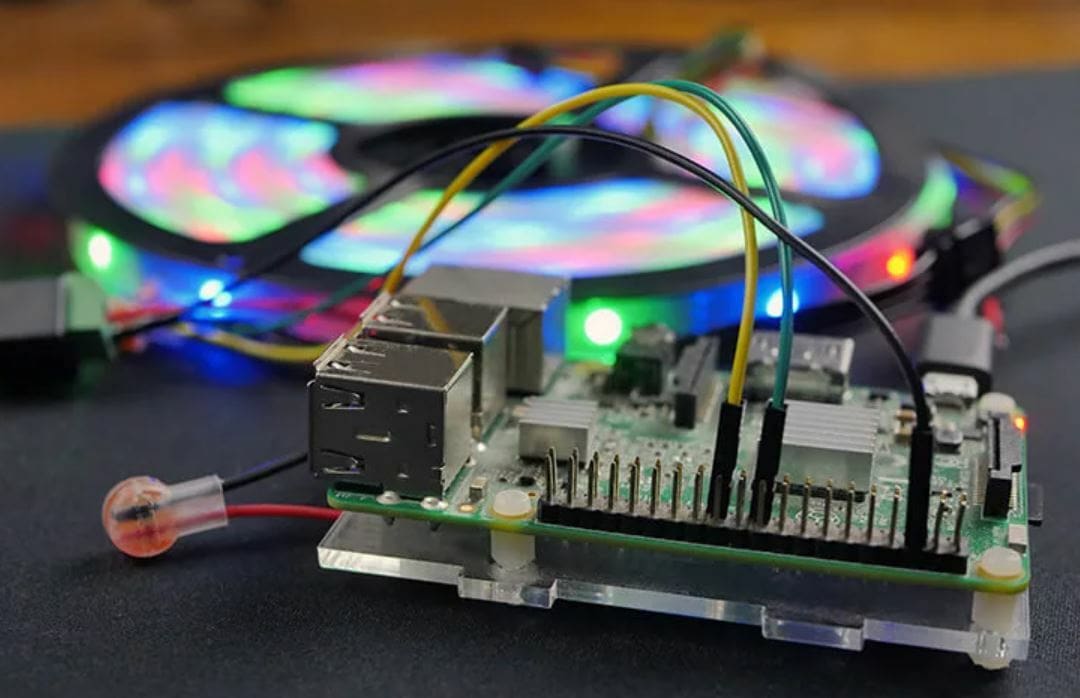
With over 30 million units sold, there’s clearly a high demand for quality, versatile SBCs like the ones from the Raspberry Pi Foundation. Raspberry Pi products are typically used in small projects, including fields such as robotics, programming, engineering, machine learning, security, 3D printing, network, gaming, TV, and more.
A few different aspects are a part of every Raspberry Pi project as the board requires both hardware and software to perform as desired. First, you need an operating system to run your board on; Raspberry Pi boards come with Rasberry Pi OS (formerly known as Raspbian), a Linux-based OS. You can also use other options such as Chrome OS, Android, Ubuntu Mate, OSMC, and even Windows.
Next, for a Raspberry Pi project, you need to set up any necessary hardware. For example, let’s say you want to build a robot and use a Raspberry Pi to control it. In this case, you’d need to attach and connect any servos and sensors to your Raspberry Pi, which will require some pin header wires to do so.
Lastly comes one of the harder parts (for most people): programming. To get your Raspberry Pi to perform tasks as desired, you’ll need to make a program in a language interpretable by the Raspberry Pi, which in turn controls the hardware how you want. Raspberry Pis can be programmed in a few different languages, including Python, C, C++, and more. Basically, the possibilities are endless!
Lead image source: Expert Reviews
License: The text of "What Is a Raspberry Pi? – Simply Explained" by All3DP is licensed under a Creative Commons Attribution 4.0 International License.



